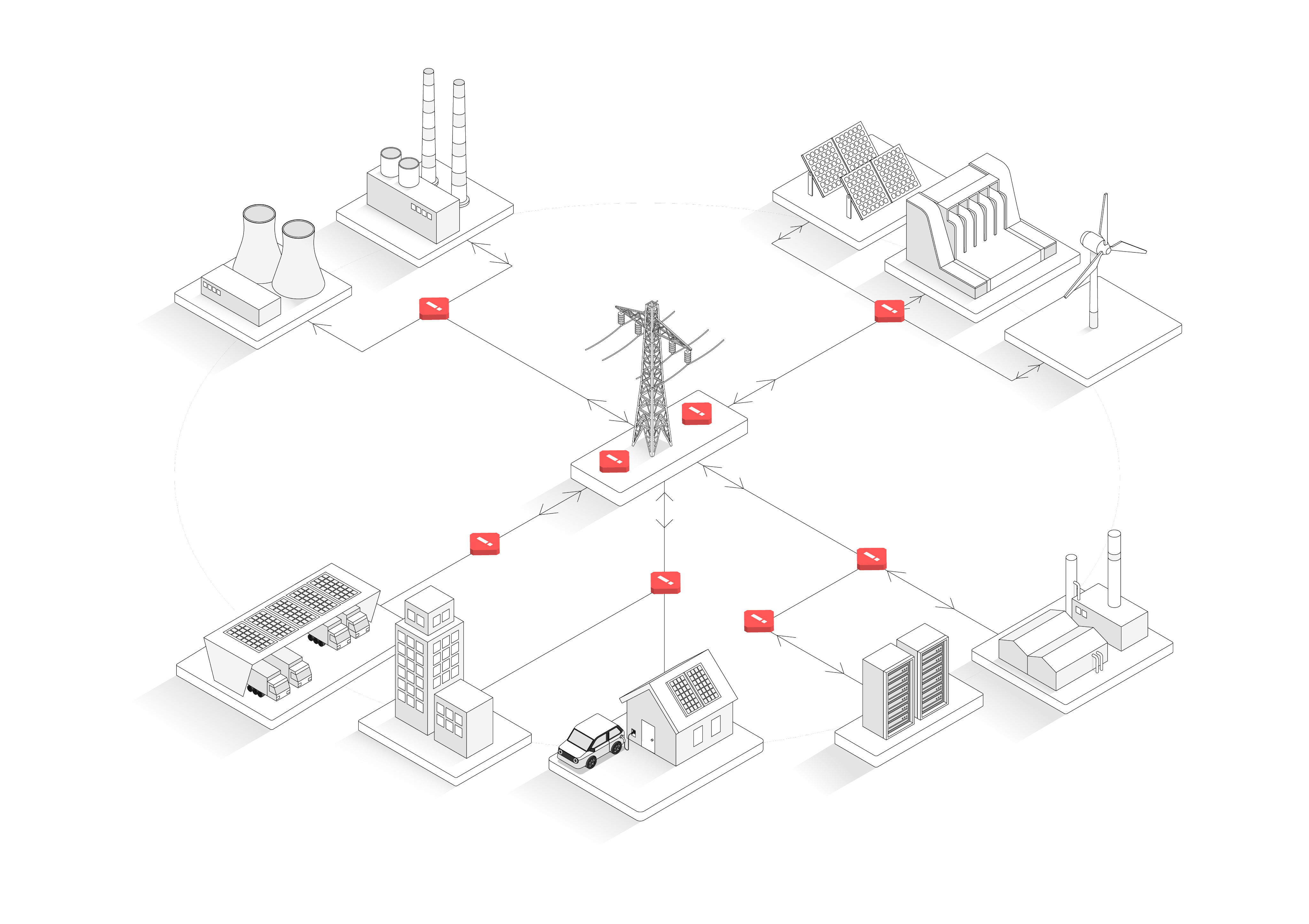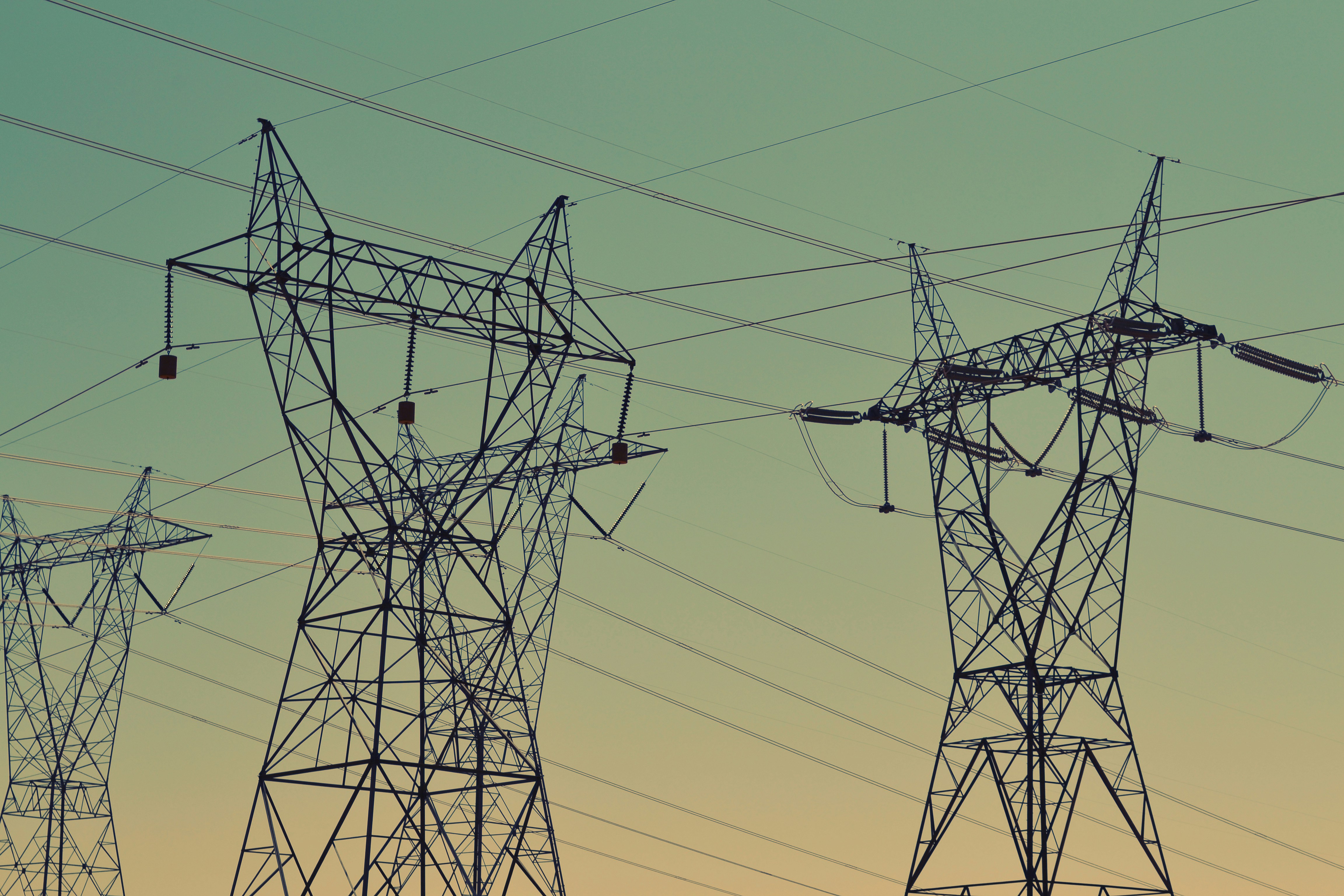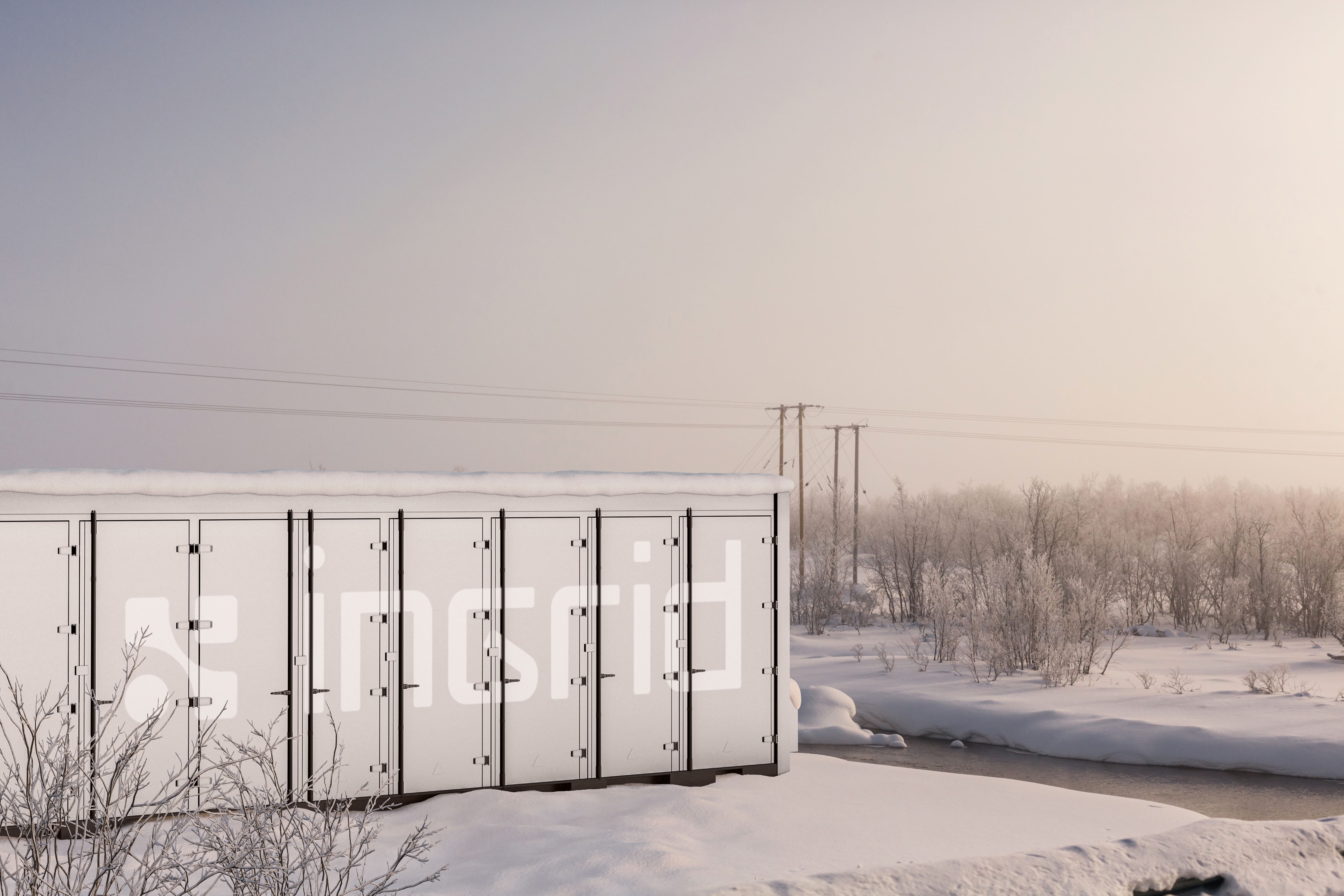


01
Built a century ago, the grid was a one-way, centralised system designed for predictable power flow.

02
Today’s aging grid faces fluctuating renewables, rising electrification, and two-way power flows.
As capacity tightens, connection queues grow, renewables are wasted, and balancing gets harder.

03
Ingrid combines physical infrastructure with digital intelligence to ease grid bottlenecks, balance supply and demand, and add flexibility where it’s needed most.

04
We’re building the foundation for a flexible, intelligent and cost-efficient grid. It is a system where thousands of assets coordinate in real time to keep power stable, affordable, and clean.


Real-time system balancing

Real-time control and frequency regulation that stabilise the grid during rapid shifts in supply and demand. Systems deliver ancillary services to maintain reliability and optimise grid performance.
BESS development, ownership and operations

Full-lifecycle management of battery energy storage systems — from development to operation — with sites designed for long-term performance, supporting both local grids and national flexibility markets.
Asset dispatch optimisation

Automation of dispatch, forecasting, and trading for renewable and storage assets in real time. Ensures each asset operates at maximum value while supporting grid stability and market efficiency.
PPAs and energy contracting
.jpg)
Structuring of power purchase agreements (PPAs) and offtake models for energy consumers and utilities. Creating stable returns for asset owners and accelerating the energy transition.
Local grid services

Forecasting, peak-shaving, and capacity-reserve solutions that help local grid operators ease congestion, improve efficiency, and reduce the need for costly grid expansion.
Real-time control and frequency regulation that stabilise the grid during rapid shifts in supply and demand. Systems deliver ancillary services to maintain reliability and optimise grid performance.


Project in focus
As renewable generation accelerates, grid stability has become a key challenge in Finland. Together with SEB Nordic Energy Fund, through Locus Energy, Ingrid is building Finland’s largest 70 MW/140 MWh battery storage system in Nivala. Once operational, the system will boost grid flexibility and resilience.
Päivi Karikumpu
Mayor of the municipality of nivala




Development and operation of large-scale battery energy storage systems (BESS), from design and construction to long-term asset management.


Proprietary platform that optimises and trades BESS and renewable assets to maximise performance, flexibility, and market value.


Design and structuring of green energy supply and offtake solutions including PPAs, tolling, floor, and offtake agreements.


Grid balancing services for frequency control. Technology and analytics that support local operators with forecasting, peak management, and reliable power.
